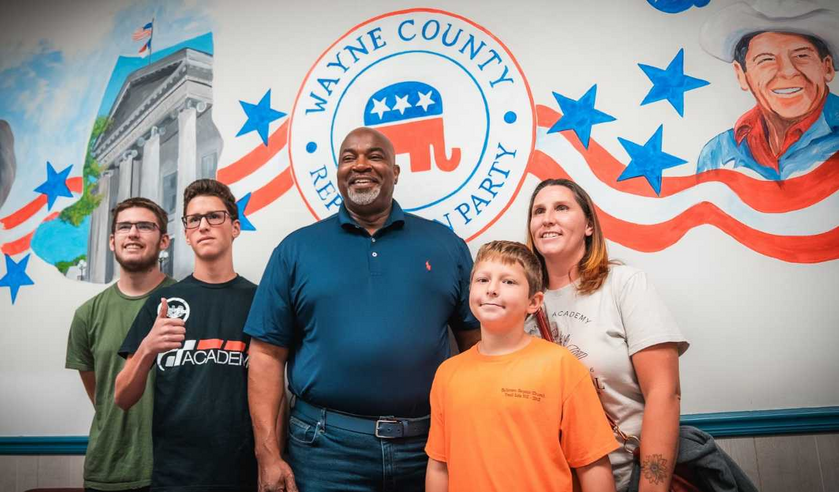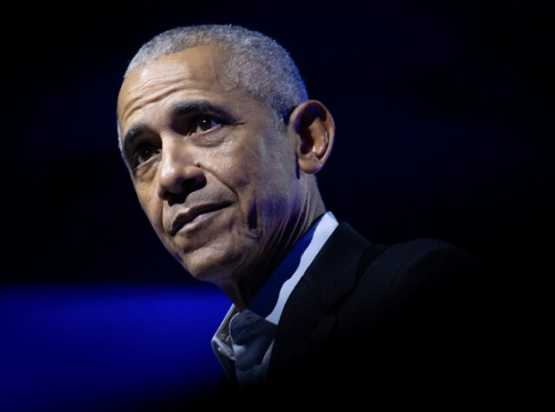
Mark Robinson still has a clear path to victory despite trailing by 16 points in the RCP polling average—a number skewed by outlier polls following CNN’s September report accusing him of controversial online activity. Prior to the report, Robinson was only down by single digits and on track to win. With On Point Politics—the most accurate polling aggregate from 2020—projecting Trump to win North Carolina by 8 points, Robinson can leverage Trump’s coattails to outperform current polling averages.
Presidential coattails historically add 3-5 points for aligned down-ballot candidates, especially in states like North Carolina, where Trump’s rural and evangelical base overlaps with Robinson’s support. If Robinson narrows his deficit to 11-12 points, Trump’s projected 8-point win could boost Robinson just enough to overcome biased polling and suburban split-ticket voting trends. As voters increasingly view Robinson as a Trump-like outsider under attack by the political elite, this momentum, combined with strong rural turnout, positions Robinson to defy the polling narrative and secure a narrow victory on Election Day.
Tracking Robinson’s Numbers: The True Picture
Polling averages show Robinson down 16 points today, but that is largely due to the temporary spike in Stein’s numbers following CNN’s September report. In fact, the polls were competitive before this controversy, and Robinson's grassroots campaign was building momentum to overtake Stein. Notably, the Quinnipiac poll, known for its liberal lean, has Robinson down only 12 points, which suggests the race is already within striking distance when factoring in Trump’s coattails.
This confirms what our model shows: Mark Robinson is in position to win, as long as the fundamentals continue trending his way.
Coattail Math: How Trump’s Performance Lifts Robinson
We have mentioned how Trump’s projected 8-point win in North Carolina will affect down-ballot races like the gubernatorial contest. Presidential coattails typically add 2-5 points to aligned candidates, depending on turnout overlap. Since both Trump and Robinson draw heavily from rural, evangelical, and working-class voters, the coattail effect is likely to be on the higher end of that range.
Here’s how the math breaks down:
- If Robinson reduces his polling deficit to 11-12 points by Election Day, Trump’s coattails could provide a 3-5 point boost through increased turnout and straight-ticket voting.
- This means that Robinson only needs to close the gap to 11 points to enter the range where Trump’s coattail effect could push him over the finish line.
Historical data supports this analysis. In 2016, Trump’s 3.6-point victory in North Carolina helped GOP Senator Richard Burr outperform his Democratic challenger by 5.7 points. Similarly, in 2020, Trump’s narrow 1.3-point win lifted several Republican candidates in state legislative races, despite Democrats' heavy spending. This demonstrates how strong alignment between the top of the ticket and down-ballot races boosts turnout and results.
In this race, limiting split-ticket voting in suburban areas is crucial. Robinson can reduce GOP defections by framing his campaign as a fight against the same political and media elites who target Trump. With Stein tied to the Biden-Harris agenda, Robinson has the opportunity to unify Trump voters behind both the presidential and gubernatorial tickets. If he succeeds in reducing suburban defections and GOP turnout surges in rural areas, Trump’s coattails could be decisive.
With Trump winning by 8 points and Robinson needing only a 4-5 point lift to overcome a 12-point deficit, the math shows Robinson is in a position to win. Historically strong GOP turnout patterns, especially in rural counties, combined with Trump’s momentum, put Robinson on track for a narrow but realistic victory.
Rebuilding Momentum: Relief Work and Fighting Back
Robinson’s efforts during Hurricane Helene relief operations demonstrate his leadership and hands-on approach. Working alongside local law enforcement and coordinating supplies, Robinson has been able to reframe the narrative in his favor—highlighting his ability to act decisively in times of crisis, in contrast to the Democratic administration’s faltering response.
Meanwhile, Robinson’s lawsuit against CNN shows voters that he’s willing to fight back against elite media attacks, much like Trump has done throughout his political career. This has already begun to galvanize grassroots support, with many voters viewing Robinson as a Trump-like figure who is being unfairly targeted by the political establishment.
The Path to Victory Is Clear
With Trump projected to win North Carolina by 8 points and Robinson already within 12 points in even the most liberal polling (Quinnipiac), Robinson is well-positioned to close the gap. On Point Politics’ model—which factors in Trump’s coattail effect—has Robinson trailing by just 3 points, reinforcing that if Robinson tightens the race further, he can win.
The narrative is shifting, too, with more voters seeing Robinson, like Trump, as a candidate being railroaded by political elites and the media. If Robinson maintains his grassroots efforts, limits split-ticket voting, and leverages Trump’s momentum, the math shows a clear path to a narrow but decisive victory.














